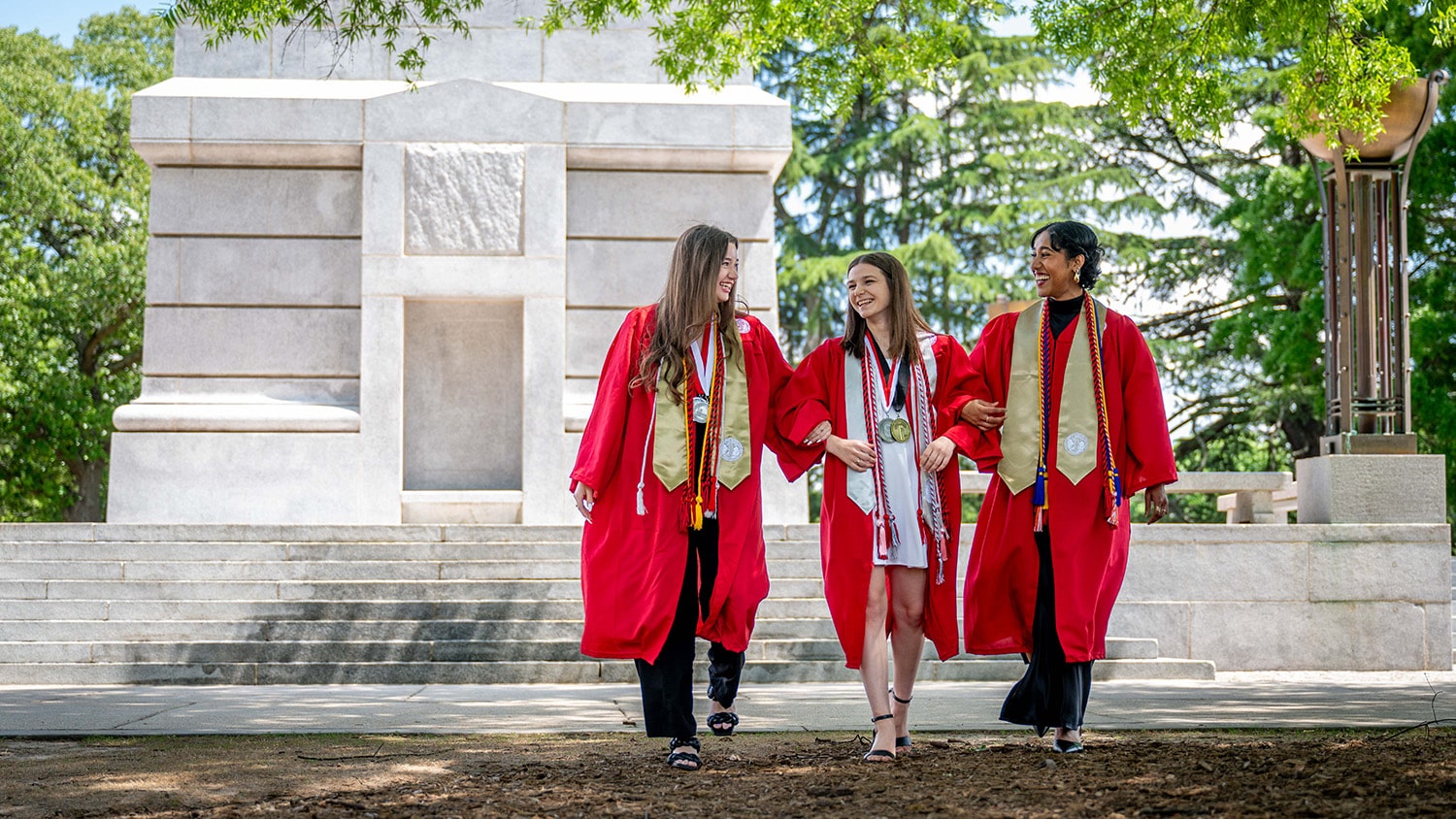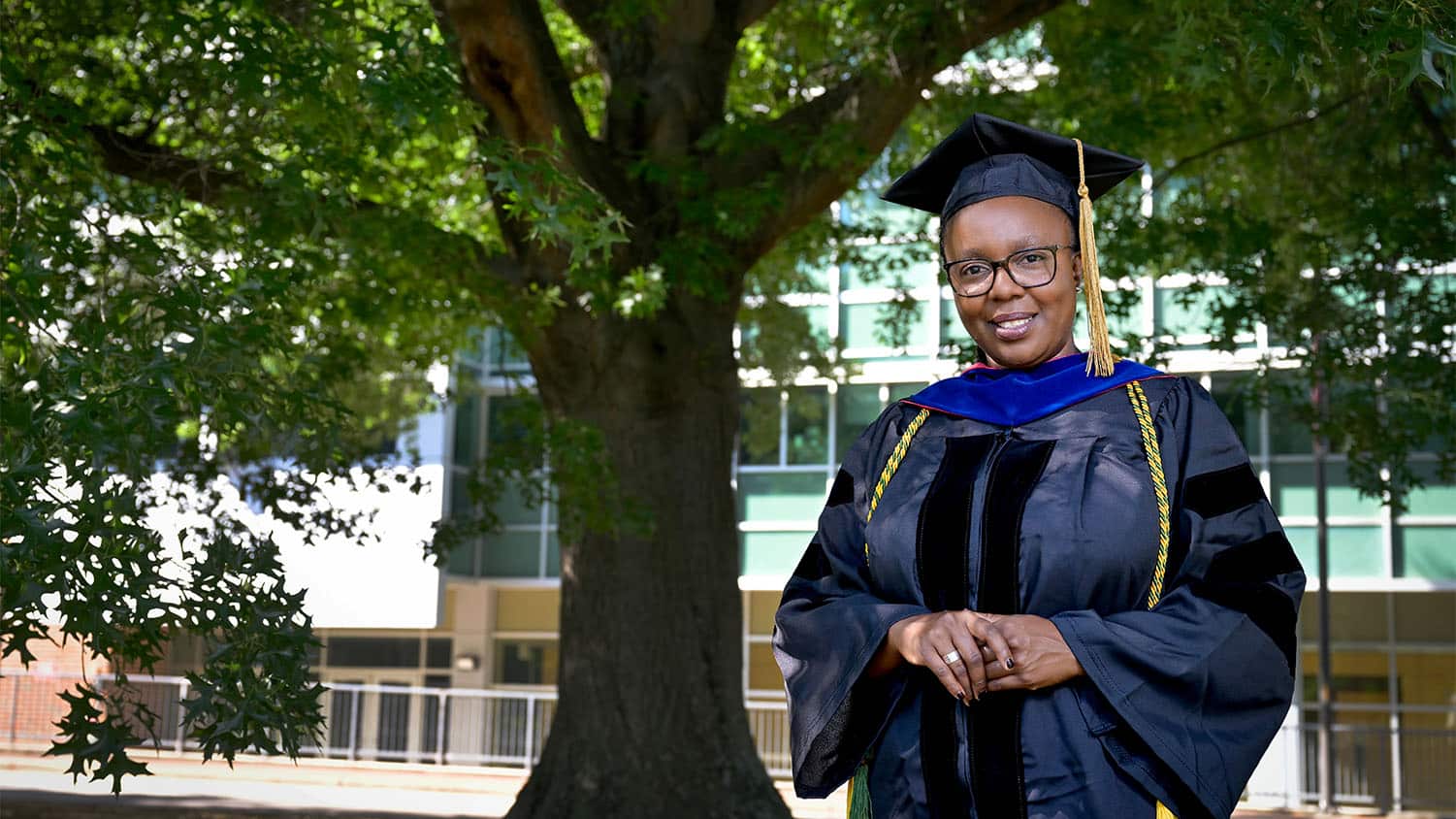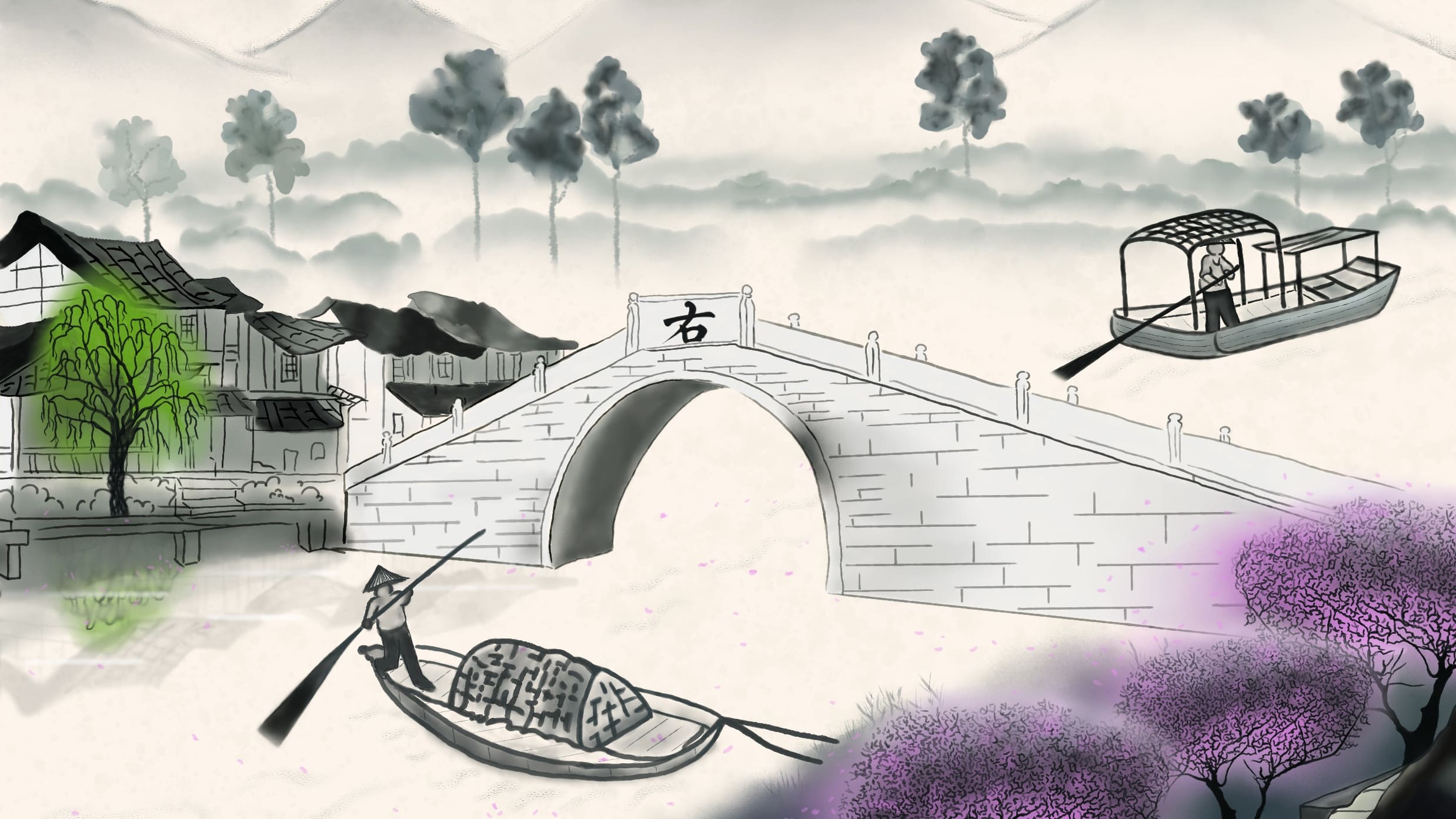Scientists Pave Way For Improved Teamwork On Collaborative Research Efforts
Tackling today’s complex scientific questions often requires work from interdisciplinary collaborative research teams – and working in those teams can create its own problems. Now a group of researchers from around the country, including North Carolina State University, has published a commentary in the journal Science Translational Medicine outlining a new field of study that will help resolve problems facing interdisciplinary research teams.
The new area of study, called the “science of team science,” or SciTS (rhymes with sights), focuses on what works and what doesn’t when teams of scientists are working together to accomplish an overarching research goal. Improving teamwork in these situations is important, says Dr. Joann Keyton, a professor of communication at NC State and co-author of the paper, because research initiatives increasingly involve researchers in different disciplines, at different institutions and, often, in different countries.
The paper represents the first time that physical scientists, life scientists and social scientists have come together to address SciTS. Their goal, Keyton says, is to let the research community know that the dynamics of team research are now a recognized field of study, and that they are increasingly important to both public and private research funding agencies.
Improving teamwork in interdisciplinary collaborations is going to become more important for researchers who hope to get funding from public or private sources. “This is going to affect policy,” Keyton says. “When people apply for grants, they’re going to be asked to demonstrate that they understand how teams can effectively work together. Simply assembling a team isn’t going to be enough for funding agencies anymore – funding agencies want to know that the team will be adequately supported and able to function successfully.
“Team science raises new challenges,” Keyton says. “Language is often a problem. For example, scientists in different disciplines may use the same term to refer to very different things. There can be a major misunderstanding between researchers on the same research team, and they won’t even know it.”
The increasing complexity of both scientific problems, and the teams that are assembled to tackle them, creates an opportunity for social scientists to help identify, characterize and resolve problems related to working collaboratively. “We can help investigators determine the best way, for example, to facilitate communication among team members, make consistent and informed decisions, and evaluate how well the research team is performing,” Keyton says.
The paper, “A Multi-Level Systems Perspective for the Science of Team Science,” is published in the Sept. 15 issue of Science Translational Medicine. The paper was co-authored by researchers from Indiana University, Northwestern University, the University of Central Florida, the National Cancer Institute, the University of California – Irvine, and Cornell University.
Keyton, a leader in the SciTS field, is also co-primary investigator of a National Science Foundation initiative that is looking at SciTS and its impact on research policy and practice.
The Department of Communication is part of NC State’s College of Humanities and Social Sciences.
-shipman-
Note to editors: The study abstract follows.
“A Multi-Level Systems Perspective for the Science of Team Science”
Authors: Katy Borner, Indiana University; Noshir Contractor, Holly J. Falk-Krzesinski, Bonnie Spring, Brian Uzzi, Northwestern University; Stephen M. Fiore, University of Central Florida; Kara L. Hall, National Cancer Institute; Joann Keyton, North Carolina State University; Daniel Stokols, University of California Irvine; William Trochim, Cornell University
Published: Sept. 15, 2010 in Science Translational Medicine
Abstract: This Commentary describes recent research progress and professional developments in the study of scientific teamwork, an area of inquiry termed the “science of team science” (SciTS, pronounced “sahyts”). It proposes a systems perspective that incorporates a mixed-methods approach to SciTS that is commensurate with the conceptual, methodological, and translational complexities addressed within the SciTS field. The theoretically grounded and practically useful framework is intended to integrate existing and future lines of SciTS research to facilitate the field’s evolution as it addresses key challenges spanning macro, meso, and micro levels of analysis.


